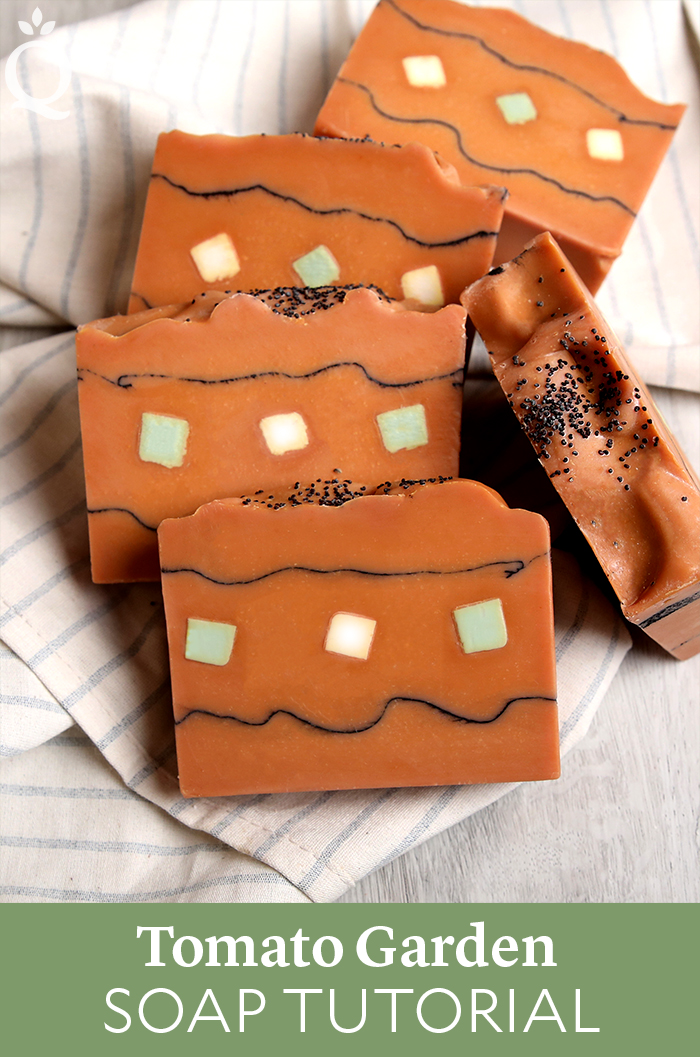 There are so many design options for cold process soap. This Tomato Garden Soap has a few that create a truly unique bar. There are melt and pour embeds, a charcoal pencil line, and a sprinkle of poppy seeds on top.
There are so many design options for cold process soap. This Tomato Garden Soap has a few that create a truly unique bar. There are melt and pour embeds, a charcoal pencil line, and a sprinkle of poppy seeds on top.
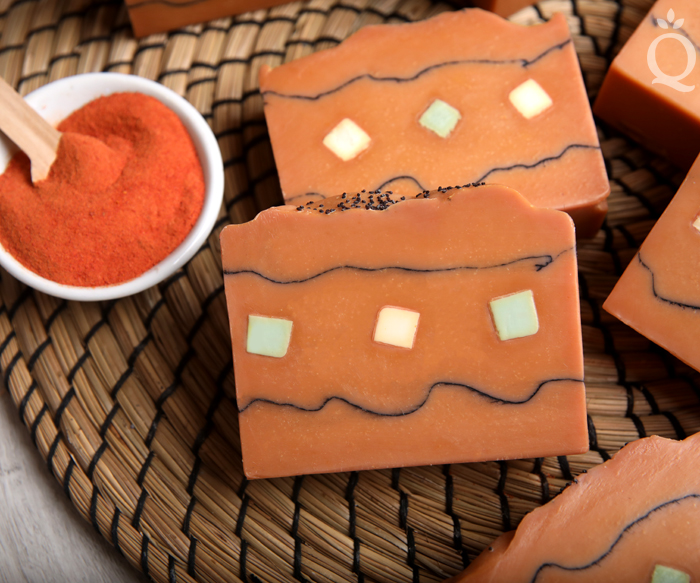
The recipe is made with ingredients from the new Farmers Market Collection. Tomato powder and red palm oil are used for the orange-red color and carrot seed oil gives the bars a silky feeling. It’s scented with Cucumber Garden Fragrance Oil, which has notes of grapefruit, green vines, white flowers, and wood.
Tomato Garden Soap Tutorial
What You Need:
Embeds:
Two Mini Square Silicone Column Molds
8 oz. LCP Melt & Pour Soap Base
Chrome Green Color Block
Soap Base:
10” Silicone Loaf Mold
1.8 oz. Avocado Oil (5%)
1.8 Carrot Seed Oil (5%)
0.7 oz. Castor Oil (2%)
1.8 oz. Deodorized Cocoa Butter (5%)
10.1 oz. Coconut Oil (28%)
10.8 oz. Olive Oil (30%)
7.2 oz. Palm Oil (20%)
1.8 oz. Red Palm Oil (5%)
5.1 oz. Sodium Hydroxide Lye
10.2 oz. Water (15% water discount)
2.2 oz. Cucumber Garden Fragrance Oil
1 Tbsp. Tomato Powder
½ tsp. Brick Red Oxide
Activated Charcoal
Poppy Seeds
Click below to add everything you need for this project to your Bramble Berry shopping cart!
- Two Mini Square Silicone Column Molds
- 8 oz. LCP Melt & Pour Soap Base
- Chrome Green Color Block
- 10” Silicone Loaf Mold
- 1.8 oz. Avocado Oil (5%)
- 1.8 Carrot Seed Oil (5%)
- 0.7 oz. Castor Oil (2%)
- 1.8 oz. Deodorized Cocoa Butter (5%)
- 10.1 oz. Coconut Oil (28%)
- 10.8 oz. Olive Oil (30%)
- 7.2 oz. Palm Oil (20%)
- 1.8 oz. Red Palm Oil (5%)
- 5.1 oz. Sodium Hydroxide Lye
- 10.2 oz. Water (15% water discount)
- 2.2 oz. Cucumber Garden Fragrance Oil
- 1 Tbsp. Tomato Powder
- ½ tsp. Brick Red Oxide
- Activated Charcoal
- Poppy Seeds
- Chop 8 ounces of LCP White Melt and Pour Soap Base into small uniform pieces. Place the soap into a heat-safe container and melt in the microwave using 10-20 second bursts. Split the soap in half (it’s okay to eyeball it). To one container, add a chunk of Chrome Green Color Block and stir to mix in.
- Pour the white soap into one of the Mini Square Silicone Column molds and the green soap into the other. Place the molds in a sturdy and tall container so the soap doesn’t spill. Allow the soap to fully cool and harden.
- Once the soap is cool and hard, remove from the silicone molds. Trim the sides if necessary – we like using a Clean Up Tool. Using a sharp, non-serrated knife, cut the embeds lengthwise to fit into the 10″ Silicone Mold. Then, cut the embeds into four equal pieces. Set aside to prep the cold process soap ingredients.
- Slowly and carefully add 5.1 ounces of lye to 10.2 ounces of water and gently stir until the lye has fully dissolved and the liquid is clear. Set aside to cool. If you’d like a harder bar of soap that releases faster from the mold, you can add sodium lactate to the cooled lye water. Use 1 teaspoon of sodium lactate per pound of oils in the recipe. For this recipe, add 2 teaspoons sodium lactate.
- In a large glass bowl, combine and melt 1.8 ounces of avocado oil, 1.8 ounces of carrot seed oil, 0.7 ounces of castor oil, 1.8 ounces of deodorized cocoa butter, 10.1 ounces of coconut oil, 10.8 ounces of olive oil, 7.2 ounces of palm oil, and 1.8 ounces of red palm oil (remember to fully melt then mix your entire container of palm oil before portioning).
- Once the lye water and the oils have cooled to 110-130 degrees F (and are ideally within 10 degrees of each other), add 1 tablespoon tomato powder directly into the oils and use the stick blender to fully mix in. Then, add the lye water to the oils and stick blend the mixture to a thin trace.
- Add ½ teaspoon dispersed Brick Red Oxide and use a whisk to mix in.
- Add the Cucumber Garden Fragrance Oil and use the stick blender to mix in the fragrance oil.
- The soap needs to be thick enough to suspend the embeds. If it’s still thin, continue to stick blend the soap to thicken. Once it’s a pudding-like texture, spoon in a layer of soap into the mold – a little bit less than ⅓ of the soap batter. Tap on the counter to get rid of bubbles, and use a spoon to create troughs and texture down the length of the mold.
- Add a few teaspoons of activated charcoal to a powder duster or mesh strainer and lightly tap over the soap to apply a thin layer. Be careful to not dust on too much charcoal or the layers may separate.
- Use a spoon to cover the charcoal layer with more soap. Don’t add too much soap – the layer just needs to cover the charcoal. Place three melt and pour soap embeds down the length of the mold. We positioned them so half of the mold had green soap in the center and white on the outside, and the other half had the opposite.
- Cover the embeds with another layer of soap. Use a spoon to create troughs and texture into the soap.
- Use the powder duster to apply another thin layer of charcoal. Spoon the remaining soap on top. Tap the mold on the counter to get rid of bubbles. Use a spoon to create texture on top. There is no right or wrong way to do this, so just have fun with it.
- Sprinkle the top of the soap with poppy seeds. Spritz with alcohol to prevent soda ash. If you’d like the colors to be darker, promote gel phase by placing the soap into a small area like a drawer or microwave. If you want to prevent gel phase, place the soap into the freezer for at least 5 hours. Remove from the freezer and allow it to harden in the mold for 2-3 days.
- Unmold the soap, and cut into bars. If you find the charcoal lines drag, use a towel and rubbing alcohol to clean them up. Allow the soap to cure for 4-6 weeks and enjoy.
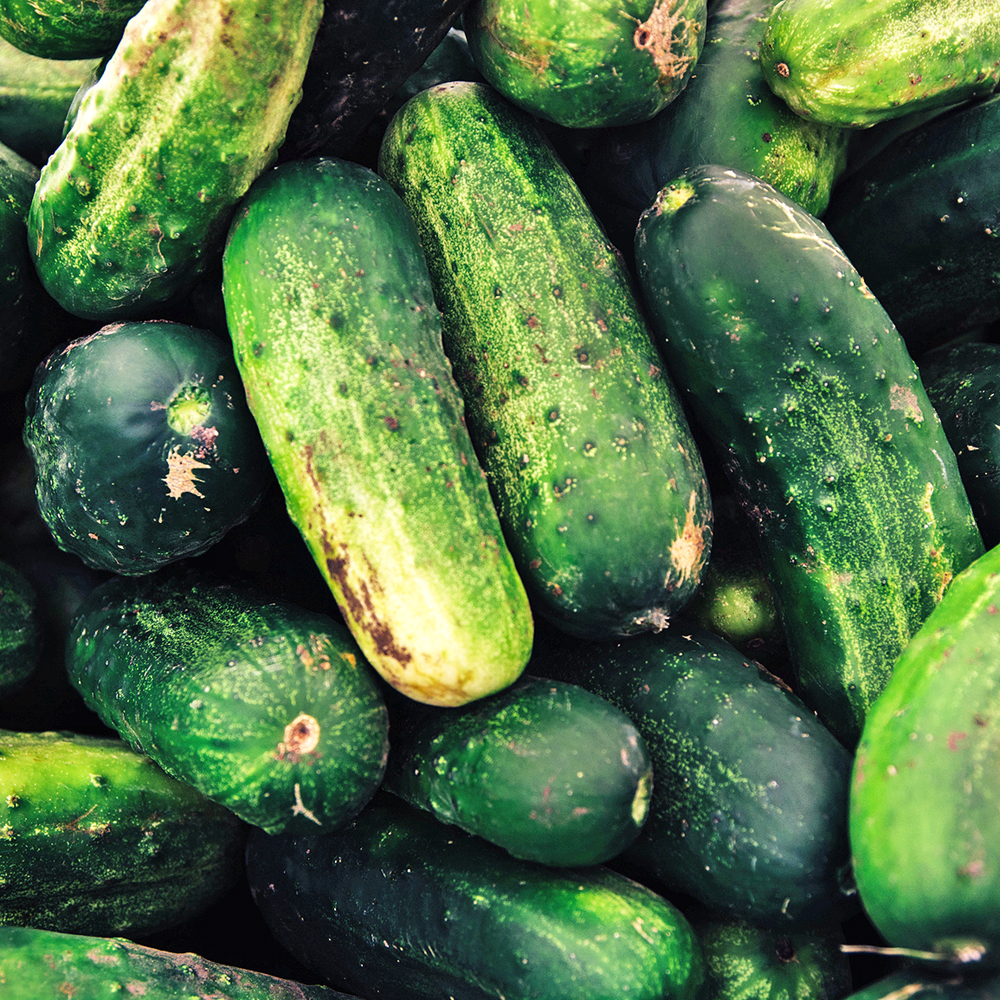
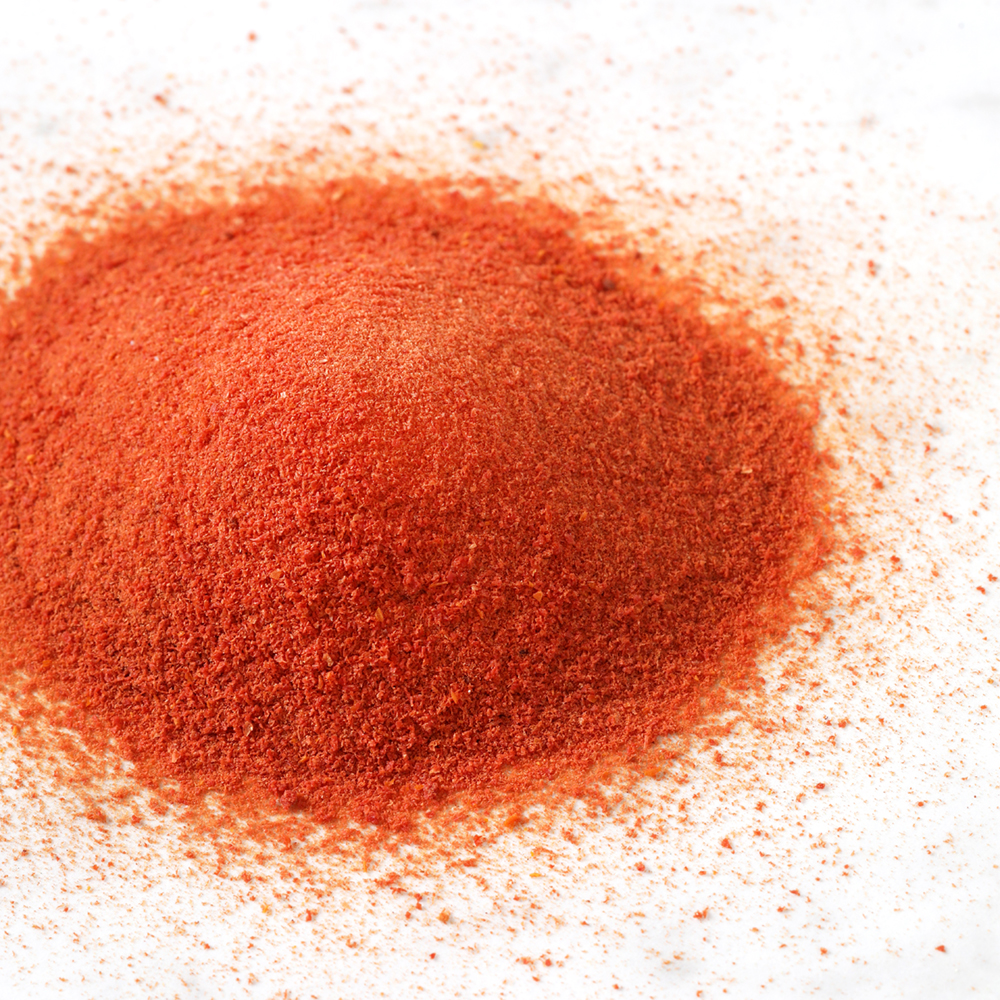
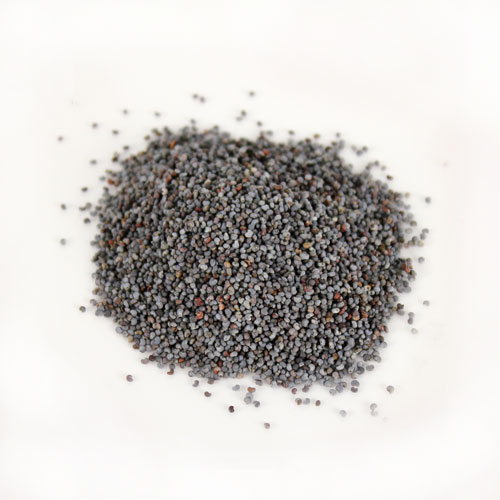
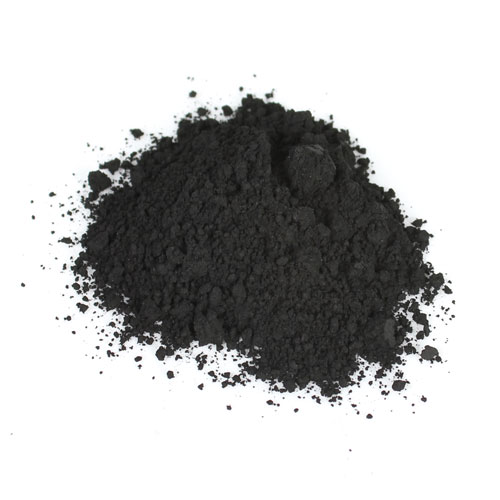



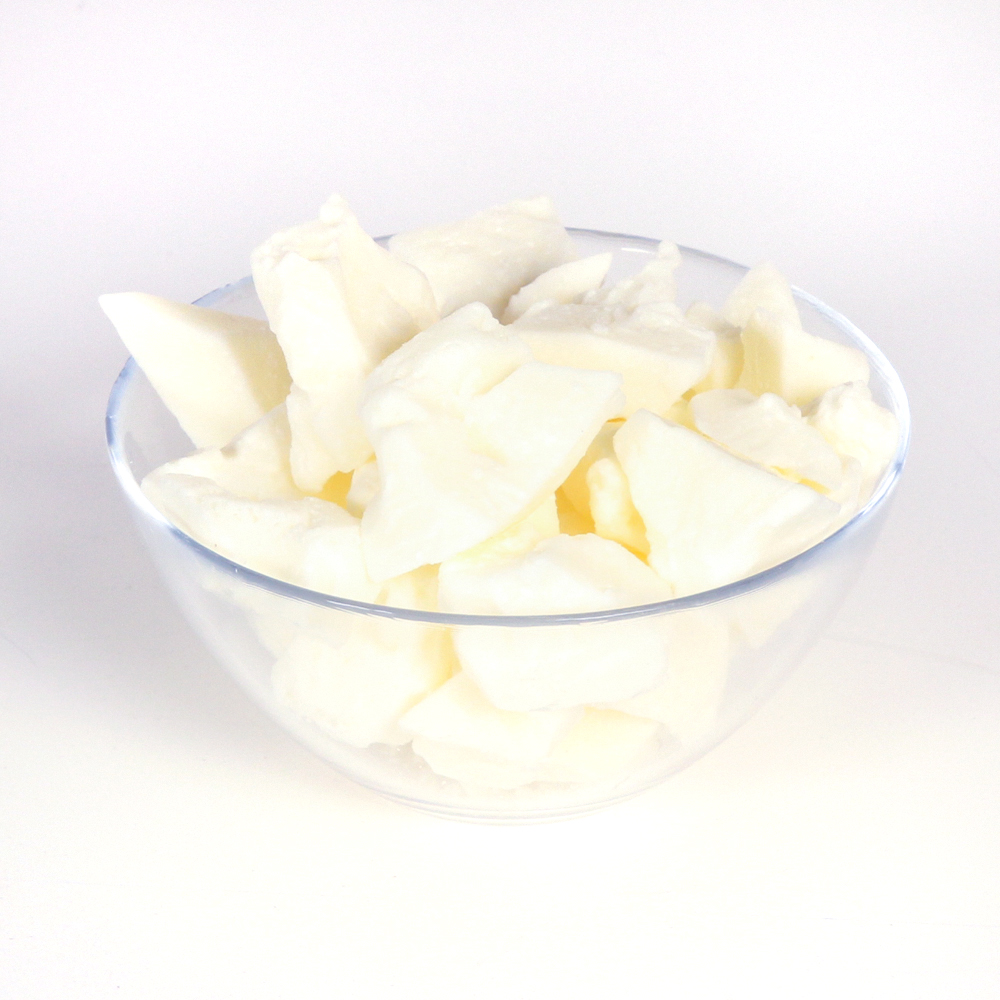

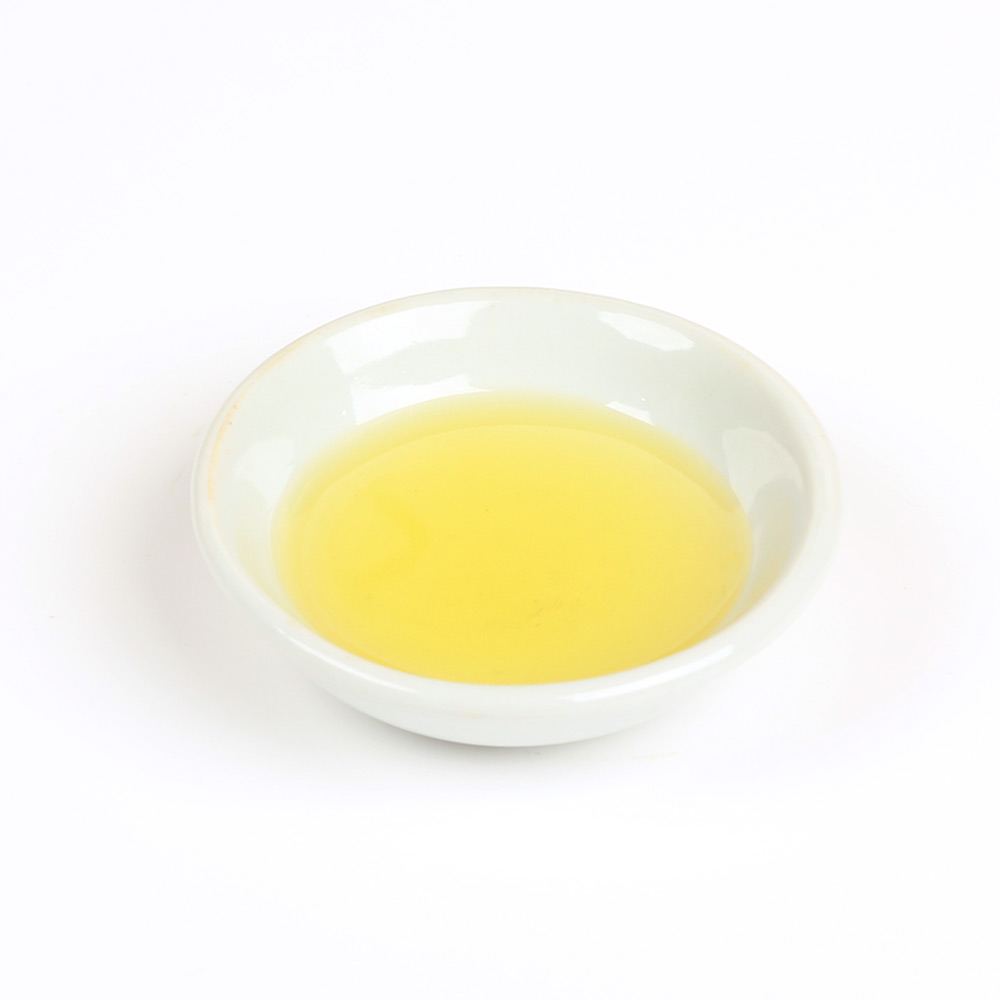
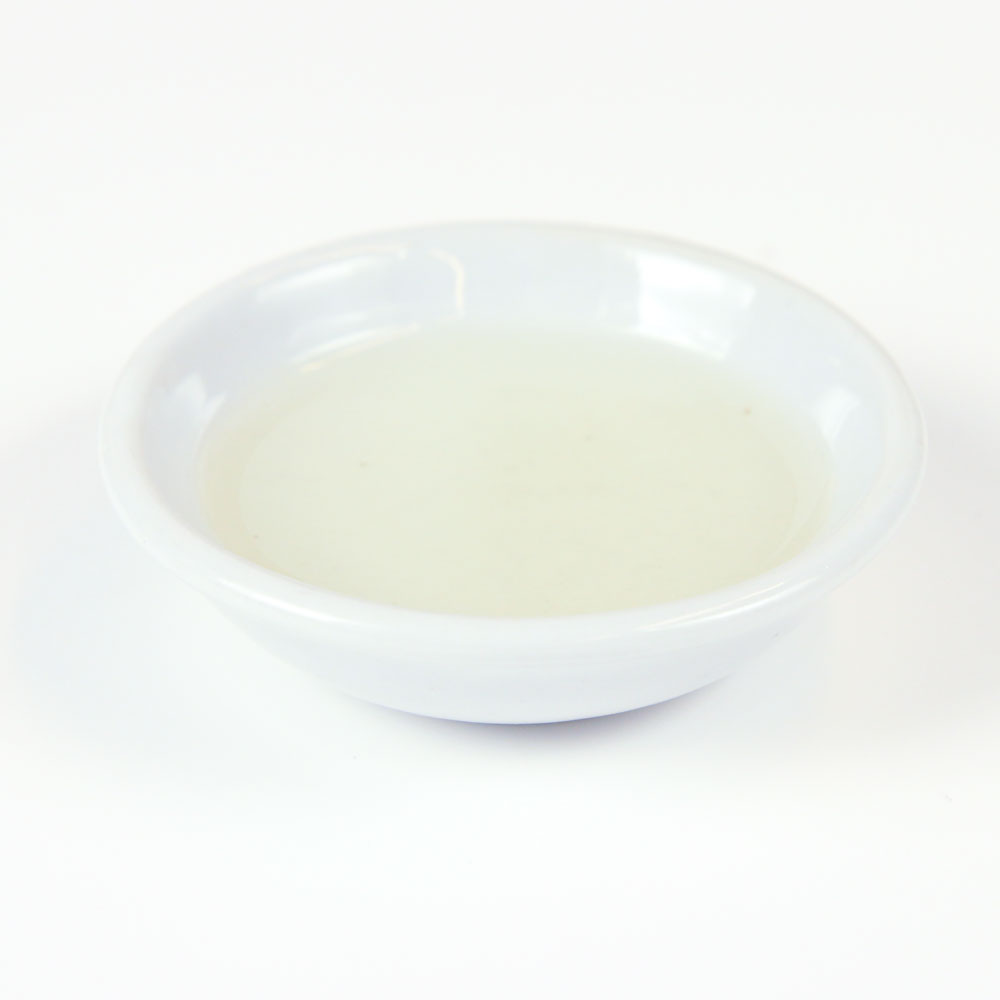
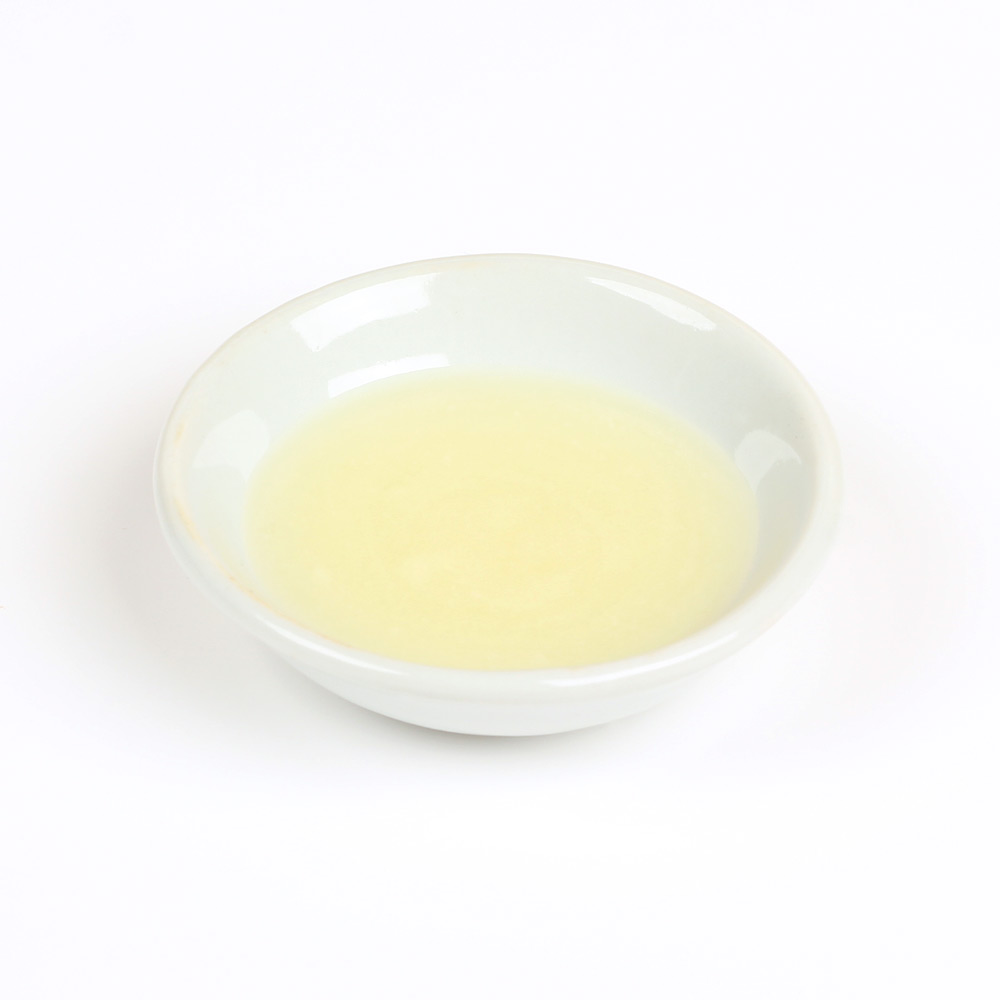
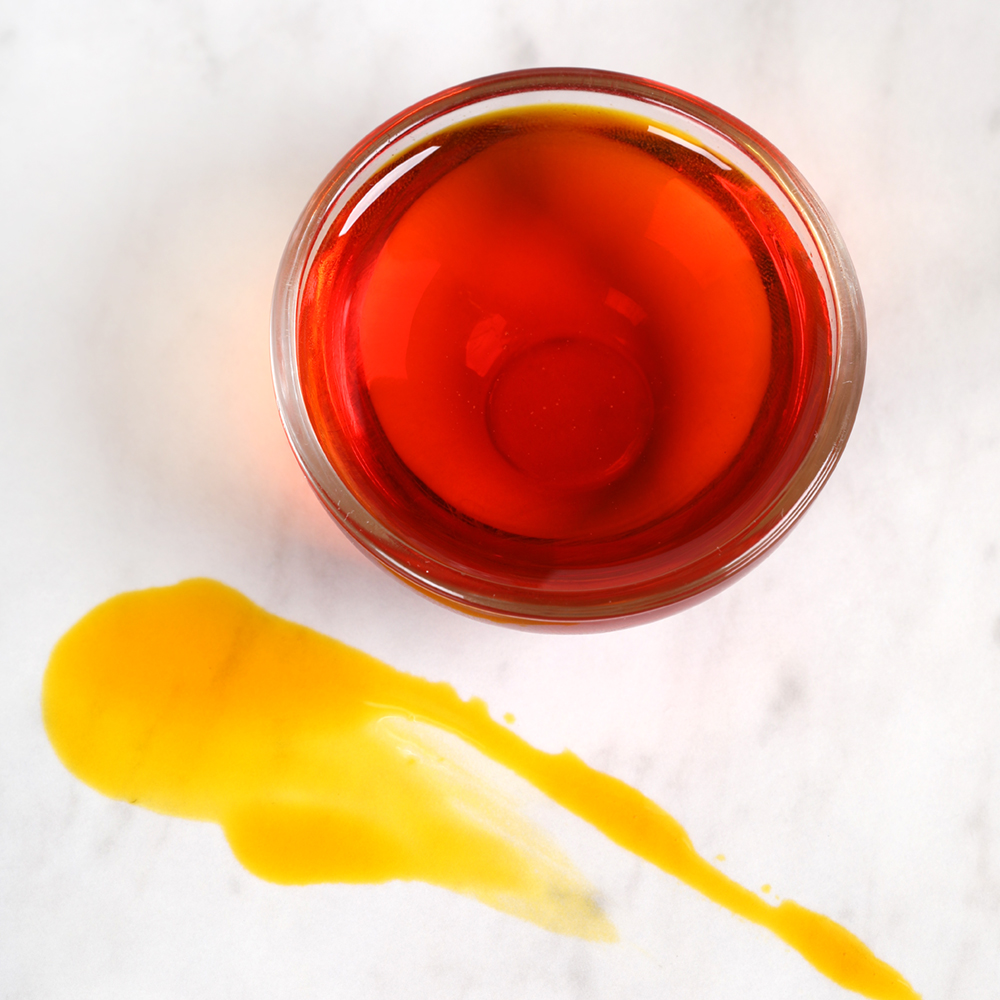
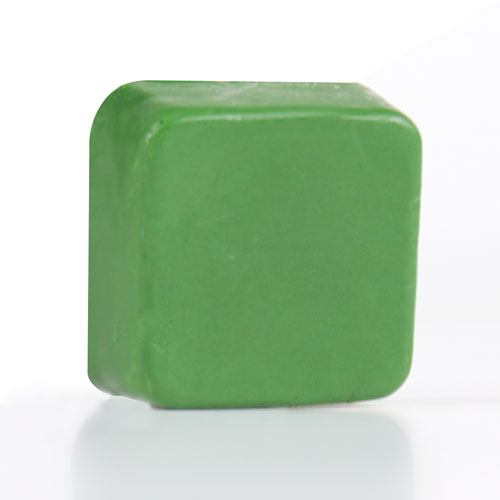
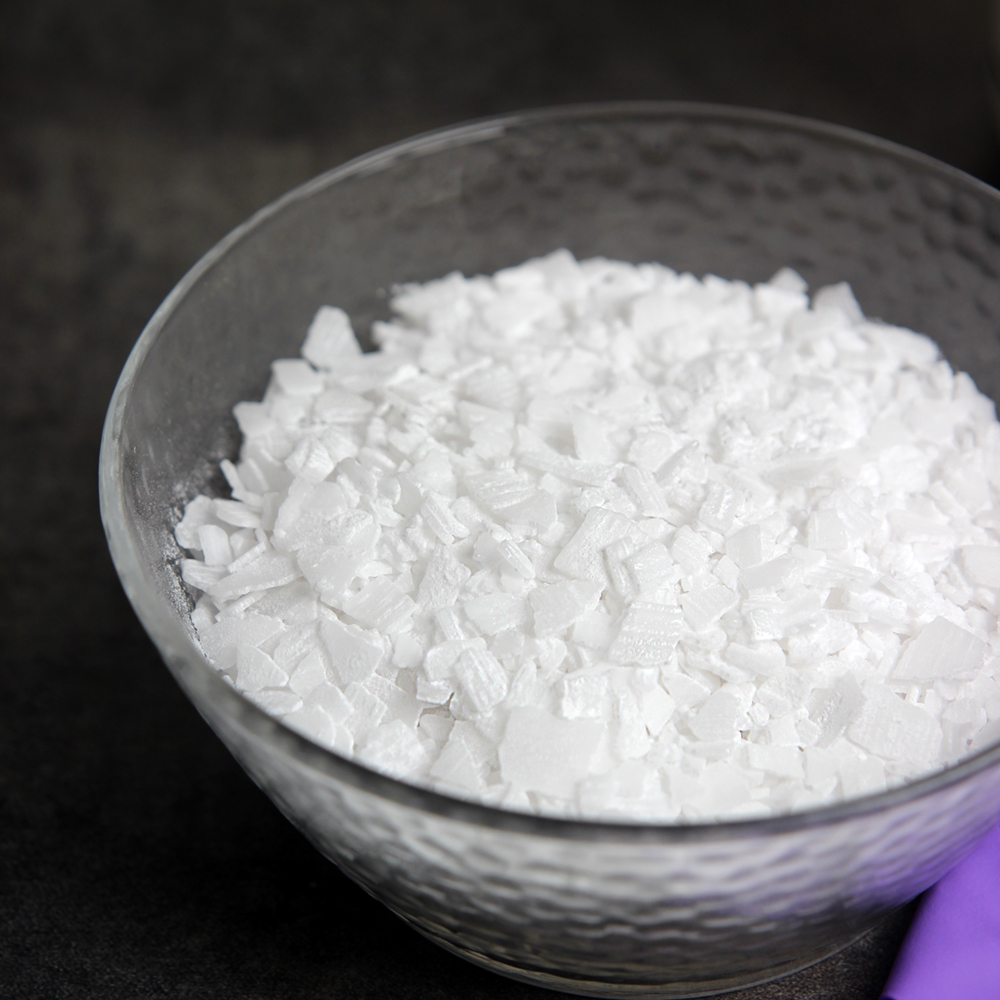

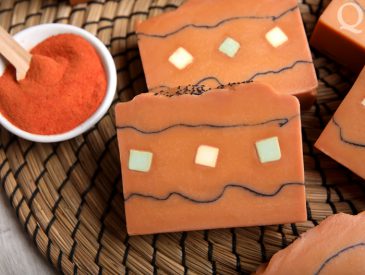


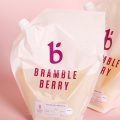
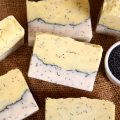

I recently tried making this soap and it turned out great! Only I got these weird white flakes(?) in the soap when I cut it. They weren’t there immediately they showed up later on during the first hour of curing. I used buttermilk (ice cubes) for my lye solution, but have done so in the past with many other recipes too without this issue.
Thanks!
I’m wondering if it may be unsaponified lye. You’ll want to pH test those flakes just to be sure: https://www.soapqueen.com/bath-and-body-tutorials/tips-and-tricks/troubleshooting-lye-heavy-soap/
Let me know what the pH level is and we’ll troubleshoot from there.
Hi there! This is also an unrelated question (im so sorry) But i want to sell facial masks that are as natural as possible. They will be in powder form and already made form. I just need help about the preservatives, i know about phenonip and the optiphen family, however I was wondering about something more natural. Something like geogard 221 however it is extremely difficult for me to find where to buy the preservative. Any other suggestions? I did an extensive amount of research on previous posts about preservatives however I am still a tad confused. Thank you!
What ingredients are you using in your masks? Let me know and I can help you with preservatives.
I will be using powdered substances such as powdered honey, kelp, etc. and for the masks they will be clay masks, with water, oils, and some vitamins like E and C. I also will be making things like sugar scrubs, body butters, lip scrubs, and charcoal toothpaste. Thank you also <3
Because those masks contain water, you’ll need a preservative. Water can cause bacteria and mold to grow. We’ve experimented with more natural preservatives without a lot of luck – they don’t work as well as Optiphen. I would recommend that one at 1% of the total weight of the product.
Learn more about preservatives here: http://www.soapqueen.com/bath-and-body-tutorials/lotion/talk-it-out-tuesday-preservatives/
Grr, Ill just be sticking to powder masks and have them mix it themselves. Any options for anything else that could be introduced to water? I’m trying to keep it as natural as possible please <3 Thank you
If those masks are dry, you can skip the preservative. You can also add any extracts or oil you like. They add moisturizing properties to the mask.
Find extracts here: https://www.brambleberry.com/Botanical-Extracts-C28.aspx
And oils here: https://www.brambleberry.com/Butters-Oils-Waxes-C159.aspx
How exactly would I incorporate the oils and extracts to prevent it from clumping or being activated? Any tips/tricks?
Using a small amount of oil will prevent some of that clumping. You can start out with just a drop or two and go from there. That’s what we did for this mask recipe: https://www.soapqueen.com/bath-and-body-tutorials/soaks-and-scrubs/silky-coconut-milk-face-mask/
And this dry scrub:
Hi i know this post is totally unrelated but I could not find any recent lipstick recipe or tutorial… i would like to know the exact titanium dioxide & mica needed to make an opaque lipstick that actually colors?
I tried following your old matte lipstick recipe either with the exact amount of TD & mica or tweaking it by using more or less but I always end up with either a chalky white lipstick or a sheer one that does not even color… Please help re the exact amount in a recipe. I’ve tried & tried several times but nothing really works. Thanks !
It’s tricky to get an opaque matte DIY lipstick. It’s made with oil and wax that will give it a sheer and glossy texture.
I would recommend putting a few spoons in the freezer. Then, start out with 1/8th tsp titanium dioxide and 1/4 tsp. color. Keep adding color and then testing it by dipping the cold spoon in. It will harden instantly and you can check the color/texture. Once it has some color but still feels glossy, stop adding color to avoid that chalky feeling.
Learn more about making lip products here: https://www.soapqueen.com/bath-and-body-tutorials/lip-products/how-to-create-lip-product-recipes/
Hello, I have couple of questions -I am beginer in CP- when placíng the soap in the freezer means it literally or refrigerator, do I have to cover the top with plastic film?.
And when promoting gel phase, Also need to cover the top with plastic film? I did it once by placíng the mold inside a drawer and it broke apart 😪 But I have to say that that day was really hot, it was around 37-38 Celsius. Thank you
You can place the mold in the refrigerator or freezer uncovered, just make sure to clear a space so nothing will bump against it.
Because it’s so hot in your house, you may not need to cover your soap at all. Try leaving it at room temperature to see if it goes through gel phase. If not, you can cover it lightly with cardboard or a towel.
Learn more about how to insulate soap here: http://www.soapqueen.com/bath-and-body-tutorials/tips-and-tricks/when-to-insulate-handmade-soap/
Is the red palm oil liquid? Or is it just melted in the product photo?
Never mind, that was a stupid question. I didn’t completely read the information above.
Not a stupid question, Michael. What is red palm oil? I have heard of it, but that’s all I know. Thanks! Very nice looking soap, by the way. I can’t wait until after work when I can watch the video!
Palm oil is solid at room temperature. Is has a melting point of around 95F. We melted it for the product picture so you can see the color.
Red palm oil is basically palm oil that hasn’t been refined and still has its natural color. In addition to creating firm cold process soap, it adds an orange color: https://www.brambleberry.com/Red-Palm-Oil-P6905.aspx